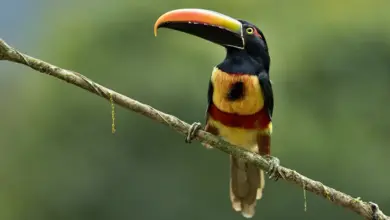Is it an urban myth that flamingos are pink because they eat shrimp?
[ez-toc]

In fact, it’s true; flamingos are pink because they eat shrimp. Brine shrimp, to be exact. Rich swarms of tiny brine shrimp inhabit salty lakes in both of the world’s hemispheres, and it is to these lakes that flocks of flamingos travel in search of their meals. They scoop up shrimp in their strangely curved beaks, which they hold upside down in order to strain our mud and water. Then they swallow the shrimp.
It is a nutritious natural chemical, or organic compound, called beta carotene in the brine shrimp that turns the flamingos’ feathers pink. Beta carotene is the same chemical that makes carrots orange—and it’s very important because it is a building block that the bodies of humans, birds and animals use to manufacture Vitamin A.
In order to keep zoo flamingos in the pink, zookeepers mix another chemical called canthaxanthin into their food. This is the same chemical that fish farmers feed to pen-raised salmon in order to make their meat look more appetizing. Some people take canthaxanthin pills to give themselves an artificial tan—but their skin color often looks weirdly orange instead of brown.
In short, the answer to the question, “Are flamingos pink because they eat shrimp?” is Yes.
Learn more about birds and wildlife.




